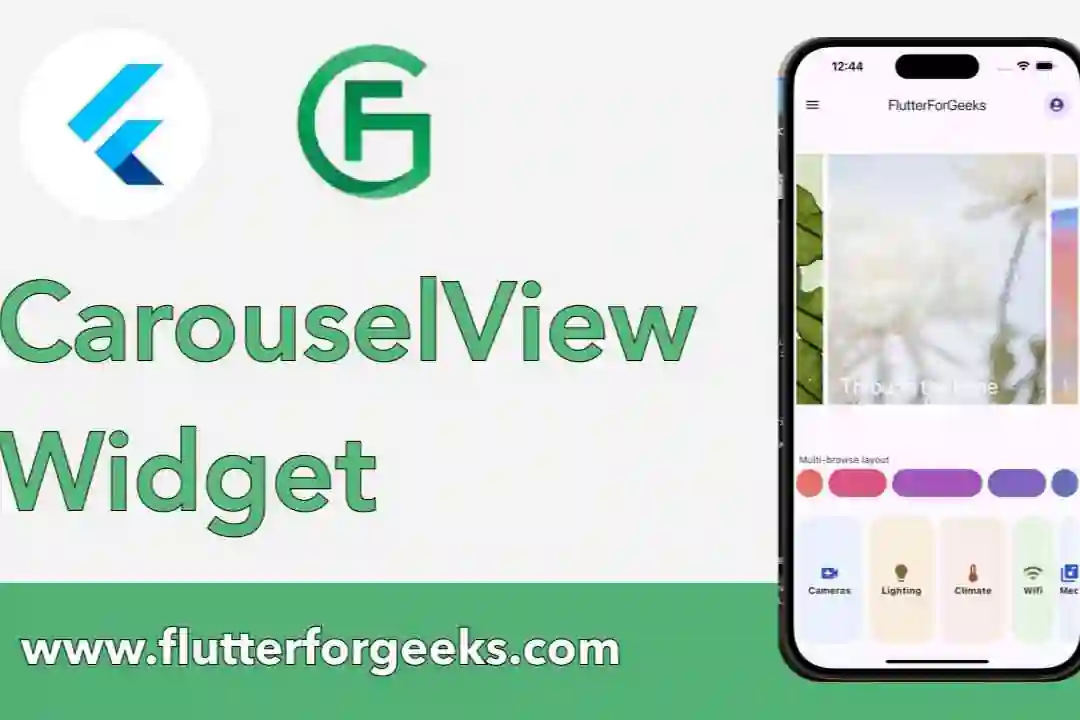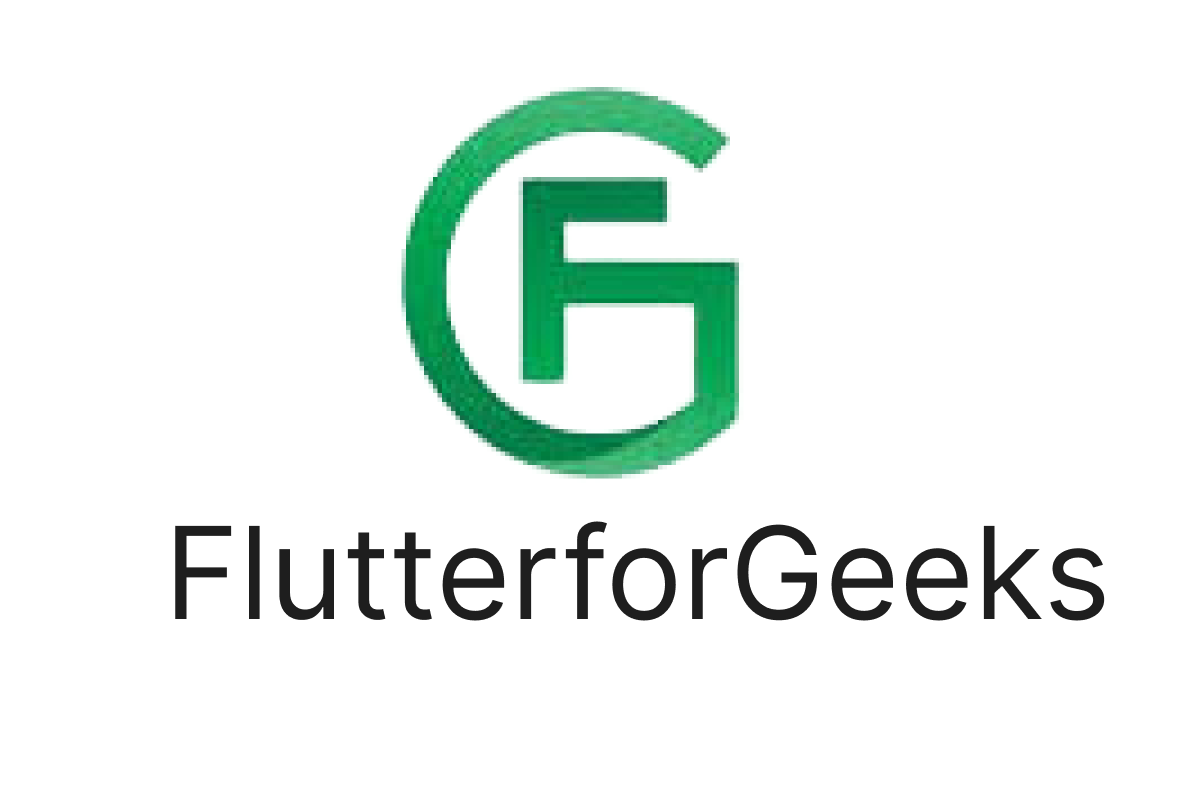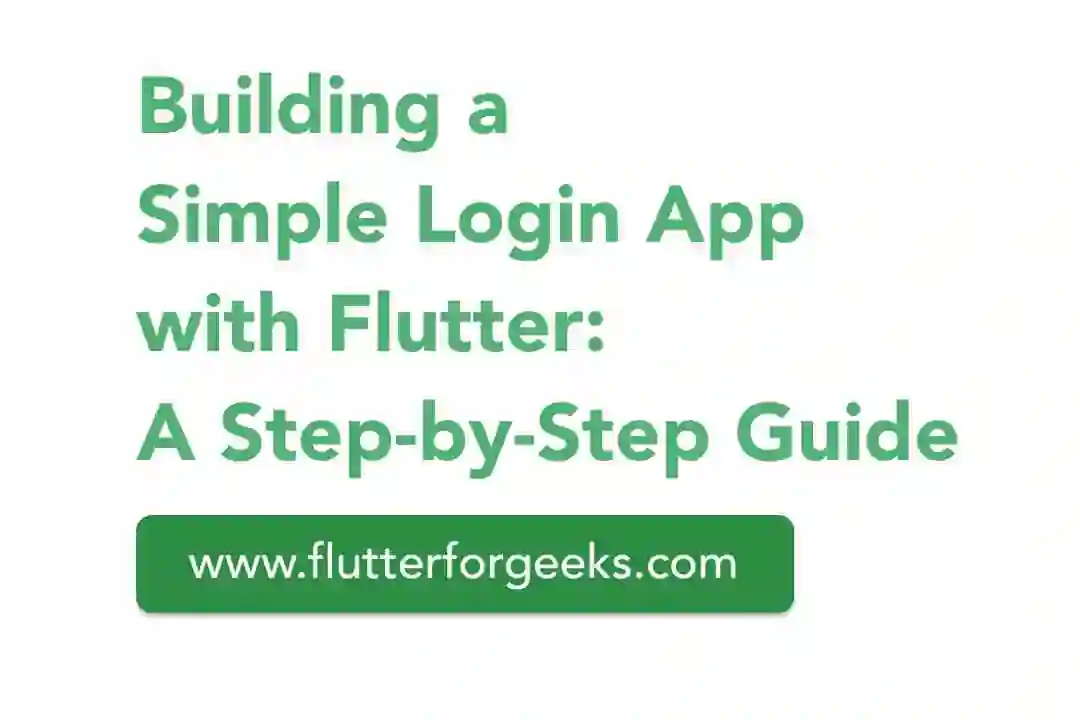Introduction:
In the realm of Flutter app development, creating visually stunning and engaging user interfaces is key to capturing users' attention and providing an immersive experience. The ShaderMask widget offers a powerful tool for applying custom shaders to mask and manipulate the appearance of UI elements, allowing developers to create unique visual effects and enhance the overall aesthetic of their apps. In this blog post, we'll explore the capabilities of the ShaderMask widget, discuss its key features, and provide practical examples to demonstrate how to leverage it effectively in your Flutter apps to elevate visual design and user experience.
Understanding the ShaderMask Widget:
The ShaderMask widget in Flutter allows developers to apply custom shaders to mask and modify the appearance of child widgets. By combining a shader with a mask widget, developers can create a wide range of visual effects, including color adjustments, gradients, image effects, and more. The ShaderMask widget uses the alpha channel of the shader output to determine the transparency of the masked area, allowing for complex and dynamic visual effects.
Key Features and Benefits:
Custom Visual Effects: The ShaderMask widget enables developers to apply custom shaders to create a variety of visual effects, such as color manipulation, gradients, blur effects, and image filters. This allows for the creation of unique and visually appealing UI elements that stand out from standard widgets.
Dynamic Shader Updates: Developers can dynamically update the shader parameters to create dynamic and interactive visual effects that respond to user input or app state changes. This flexibility enables the creation of dynamic UI elements with changing visual properties based on user interaction or other factors.
Performance Optimization: Despite its powerful visual capabilities, the ShaderMask widget is designed to maintain optimal performance by leveraging hardware acceleration and efficient rendering techniques. This ensures smooth and responsive user interfaces even when applying complex shaders to UI elements.
Customization: The ShaderMask widget offers extensive customization options, allowing developers to adjust shader parameters, mask shapes, and blending modes to achieve the desired visual effect. This enables developers to create highly tailored visual experiences that align with their app's design language and branding.
Practical Examples:
Let's explore some practical examples of how to use the ShaderMask widget in Flutter:
Applying Gradients:
ShaderMask(
shaderCallback: (Rect bounds) {
return LinearGradient(
begin: Alignment.topCenter,
end: Alignment.bottomCenter,
colors: [Colors.red, Colors.blue],
).createShader(bounds);
},
child: Container(
width: 200,
height: 200,
color: Colors.transparent,
),
)
In this example, we use the ShaderMask widget to apply a linear gradient shader to a container, creating a gradient effect that transitions from red to blue.
Applying Image Filters:
ShaderMask(
shaderCallback: (Rect bounds) {
return ImageShader(
ImageProvider.resolve(
AssetImage('assets/image.jpg'),
bounds: bounds,
devicePixelRatio: 1.0,
),
TileMode.clamp,
TileMode.clamp,
Matrix4.identity().storage,
);
},
blendMode: BlendMode.saturation,
child: Image.asset('assets/image.jpg'),
)
Here, we use the ShaderMask widget to apply an image shader with a saturation filter to an image, altering its color saturation to create a unique visual effect.
Conclusion:
The ShaderMask widget in Flutter offers a powerful and versatile solution for creating custom visual effects and enhancing the visual design of your apps. By applying custom shaders to mask and modify UI elements, developers can create visually stunning and immersive user interfaces that captivate users' attention and enhance user experience. With its dynamic shader updates, performance optimization, and extensive customization options, the ShaderMask widget empowers developers to unleash their creativity and create visually compelling UI elements that elevate their Flutter apps to the next level. With the practical examples provided in this blog post, you can easily incorporate the ShaderMask widget into your Flutter projects and unlock its full potential to create breathtaking visual effects and immersive user experiences.












